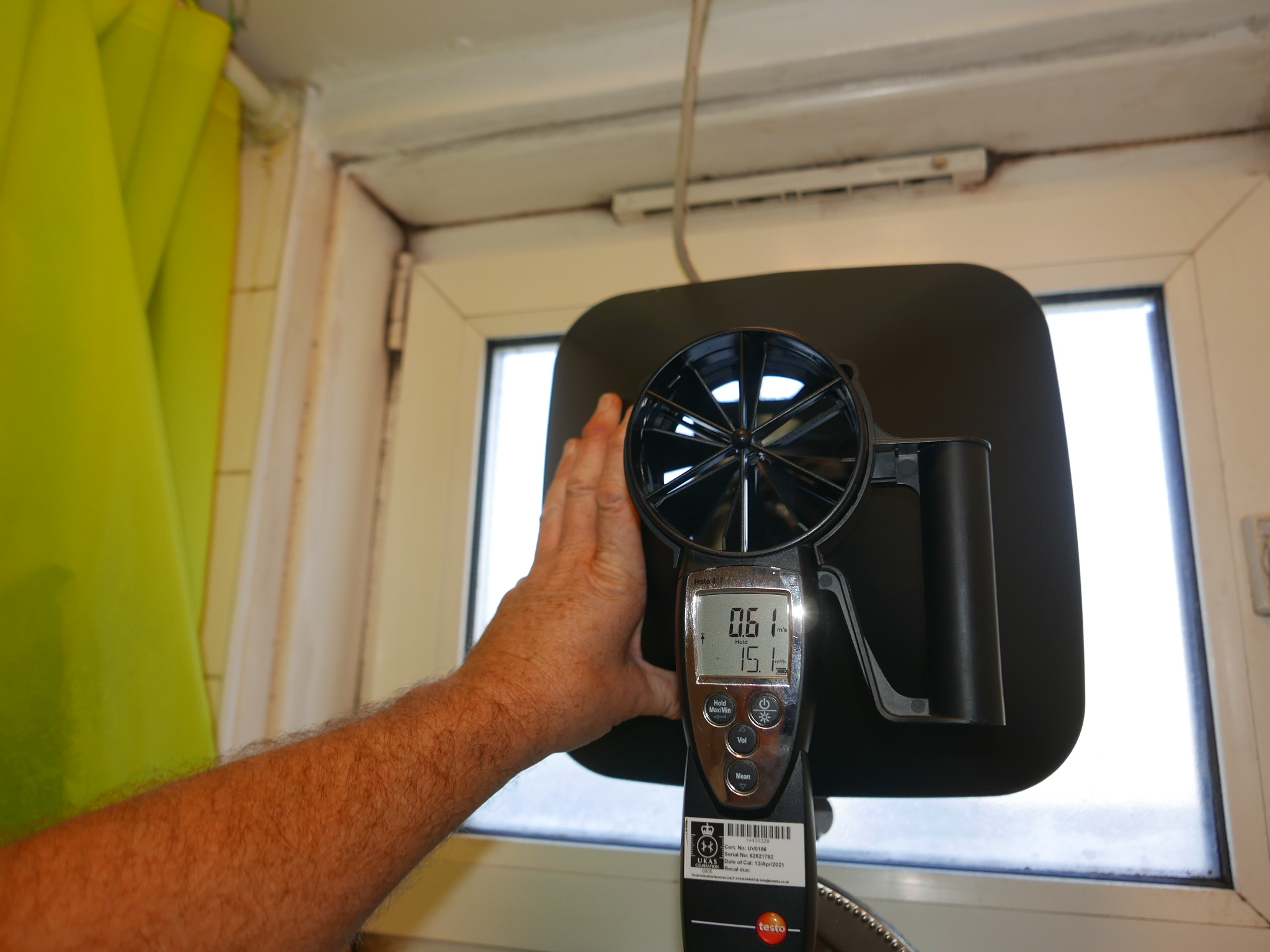
Is It Acceptable to Use Toilet Paper to Test an Extractor Fan?
When it comes to assessing the functionality of extractor fans in kitchens and bathrooms, relying on a piece of toilet paper is not only inadequate but also unprofessional, especially in an expert witness report submitted to the court.
Understanding Extractor Fans
Extractor fans play a crucial role in maintaining indoor air quality. They are designed to draw moisture-laden air out of rooms, venting it outdoors. This process helps eliminate cooking odors, reduces humidity levels, and prevents the onset of condensation-related dampness and mold. If these fans malfunction, they can be a contributing factor to moisture problems within a property, making their effectiveness a vital consideration in any dampness diagnosis.
The Limitations of the Tissue Test
A common practice among some surveyors is to hold a piece of tissue paper against the extractor fan to see if it adheres. This method, however, only demonstrates that there is some airflow. It does not provide a reliable measure of the fan’s efficiency or extraction capability.
The recommended minimum extraction rates for bathroom fans are 15 liters per second, while fans located away from cooking appliances should achieve a minimum of 60 liters per second. If the fan is positioned over a cooking appliance, a rate of 30 liters per second is acceptable. These thresholds are essential for preventing the buildup of moisture that can lead to condensation.
Accurate Measurement with Anemometers
To accurately assess the performance of an extractor fan, professionals use an anemometer. This instrument measures the actual airflow rate, providing precise data on whether the fan is operating effectively. It's important to note that extractor fans can become obstructed by debris or may wear down over time, compromising their functionality.
Relying on a piece of tissue paper does not yield meaningful results and can lead to misleading conclusions. Additionally, different brands of toilet paper come with varying weights and qualities, which could skew results—a phenomenon humorously referred to as the "Cushelle factor."
The Importance of Reliable Evidence
For experts in housing condition claims, providing accurate and reliable evidence is paramount. The use of proper testing methods not only supports professional integrity but also ensures that findings are robust and defensible in legal contexts.
In summary, while the tissue paper test may seem like a simple and quick method, it falls short in providing the necessary validation of an extractor fan's performance. For credible assessments, employing the right tools and methodologies is essential in the realm of housing disrepair expertise.

Testing extractor fan with an anemometer

